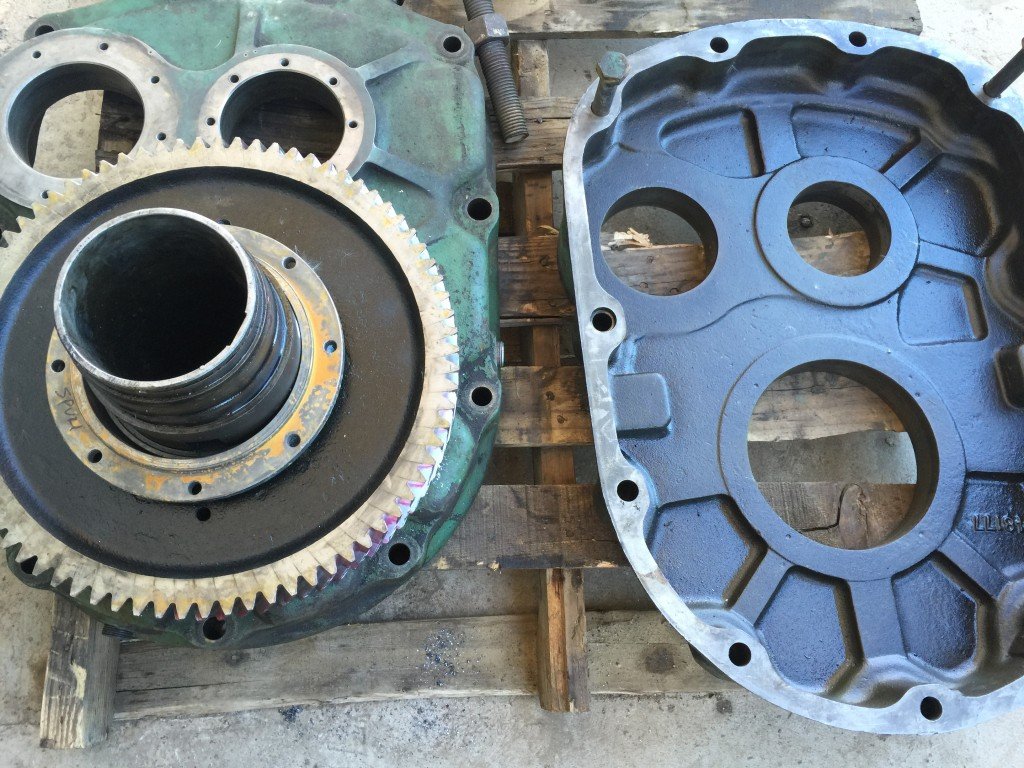Mobile:+86-311-808-126-83
Email:info@ydcastings.com
Exploring the Design and Efficiency of the S475 Turbocharger Housing for Enhanced Performance
Understanding the S475 Turbocharger and Its Housing Design
In the world of automotive performance, turbochargers play a crucial role in enhancing engine efficiency and power output. Among these, the S475 turbocharger stands out for its remarkable balance of performance and reliability. A critical component of any turbo setup is the housing, which significantly influences both performance and efficiency. In this article, we will delve into the S475 turbo and its housing design, examining how it contributes to the overall functionality of a high-performance engine.
Understanding the S475 Turbocharger and Its Housing Design
The housing of a turbocharger serves multiple purposes it encapsulates the turbine and compressor stages, guides the exhaust gas flow to spin the turbine, and manages the air intake to the engine. For the S475, the housing is specifically engineered to optimize these functions. The turbine housing is typically available in various A/R (Area/Radius) ratios, which influence the turbo’s spool characteristics and overall efficiency. A smaller A/R ratio provides quicker spool times, ideal for applications where rapid power delivery is critical. Conversely, a larger A/R ratio may lead to improved top-end performance by allowing a larger volume of exhaust gas to flow through more easily.
s475 turbine housing

The construction materials of the S475 housing are also a significant consideration. Typically made from high-grade cast iron or stainless steel, these materials withstand the high temperatures and pressures encountered in performance applications. This ensures durability and longevity while minimizing the risk of cracking or failure under extreme conditions. The design also incorporates features such as wastegate ports, which help regulate boost pressure and prevent the engine from producing excessive boost levels that could lead to engine damage.
Another critical aspect of the S475 turbo housing is its compatibility with various setups. The housing can be configured to fit a range of turbine inlet and outlet sizes, offering flexibility for performance enthusiasts who may be looking to customize their vehicles. This adaptability makes the S475 a popular choice among tuners and racers who require a turbocharger that can meet the specific demands of their setups.
Furthermore, the optimal design of the S475 housing contributes to reduced turbo lag, allowing drivers to experience immediate power response from the engine. This is particularly important in racing scenarios or engaging driving situations, where responsiveness can mean the difference between winning and losing. By carefully calculating the design parameters of the housing, manufacturers can enhance the overall user experience, merging efficiency with exhilarating performance.
In conclusion, the S475 turbocharger, paired with its thoughtfully designed housing, offers a compelling solution for those seeking to elevate their engine's performance. Through its housing's strategic design and material selection, the S475 ensures durability, flexibility, and optimal functionality. Whether for street performance or competitive racing, understanding the significance of the S475 turbo housing can help enthusiasts make informed decisions and ultimately achieve their performance goals. As automotive technology continues to evolve, turbochargers like the S475 remain at the forefront, exemplifying the cutting-edge advancements in performance engineering.
-
Why Is Choosing the Right Motor Housing Critical for Engine Performance?NewsJul.18,2025
-
Which Impeller Types Best Optimize Your Pump’s Efficiency?NewsJul.18,2025
-
Optimize Maintenance Efficiency with Durable Oil Catch SolutionsNewsJul.18,2025
-
Maximize Pump Performance with Precision-Engineered ComponentsNewsJul.18,2025
-
Elevate Industrial Flow Systems with Precision-Engineered ComponentsNewsJul.18,2025
-
Boost Durability and Functionality with Precision Power CastingsNewsJul.18,2025











